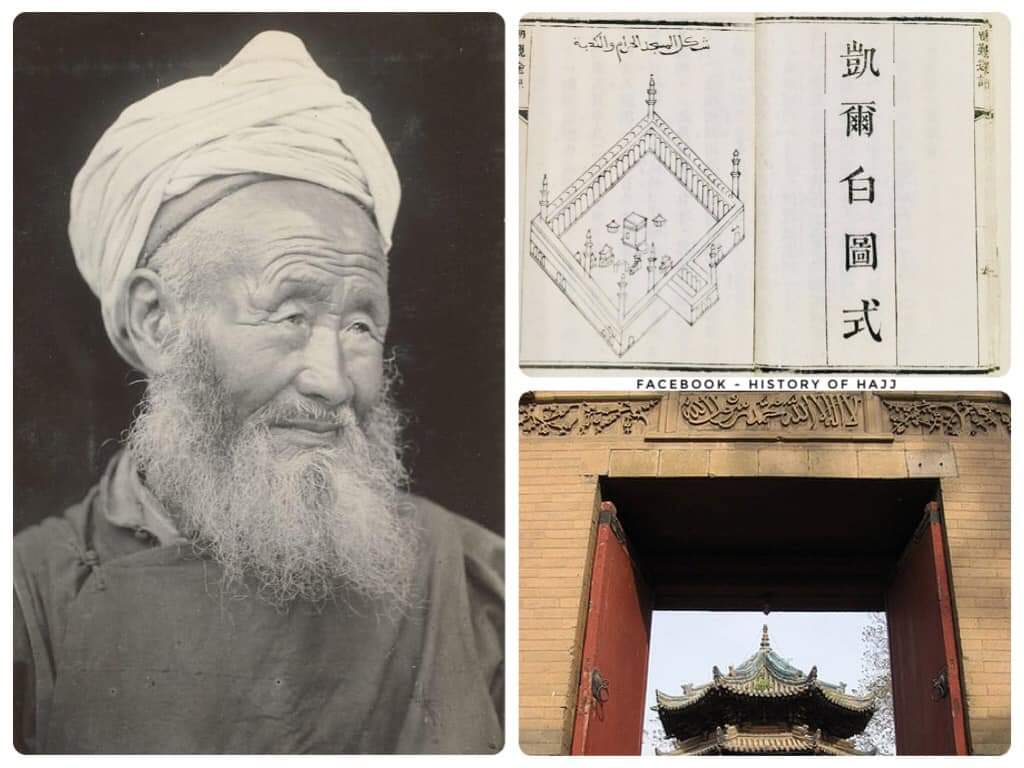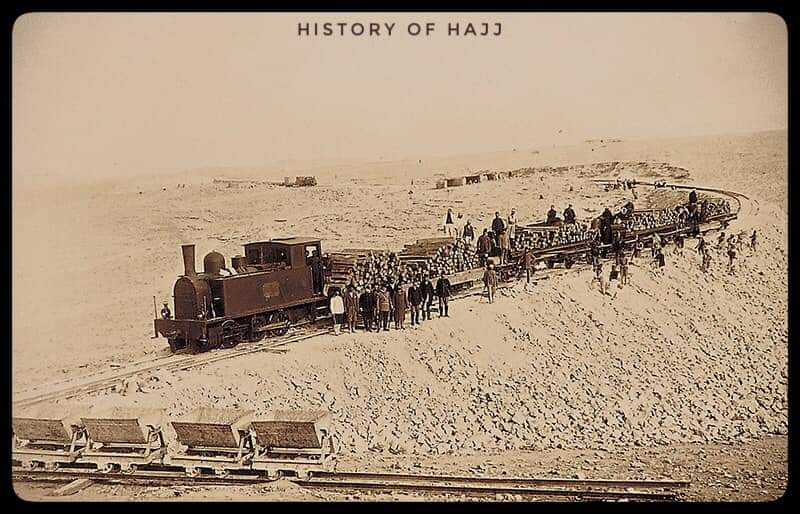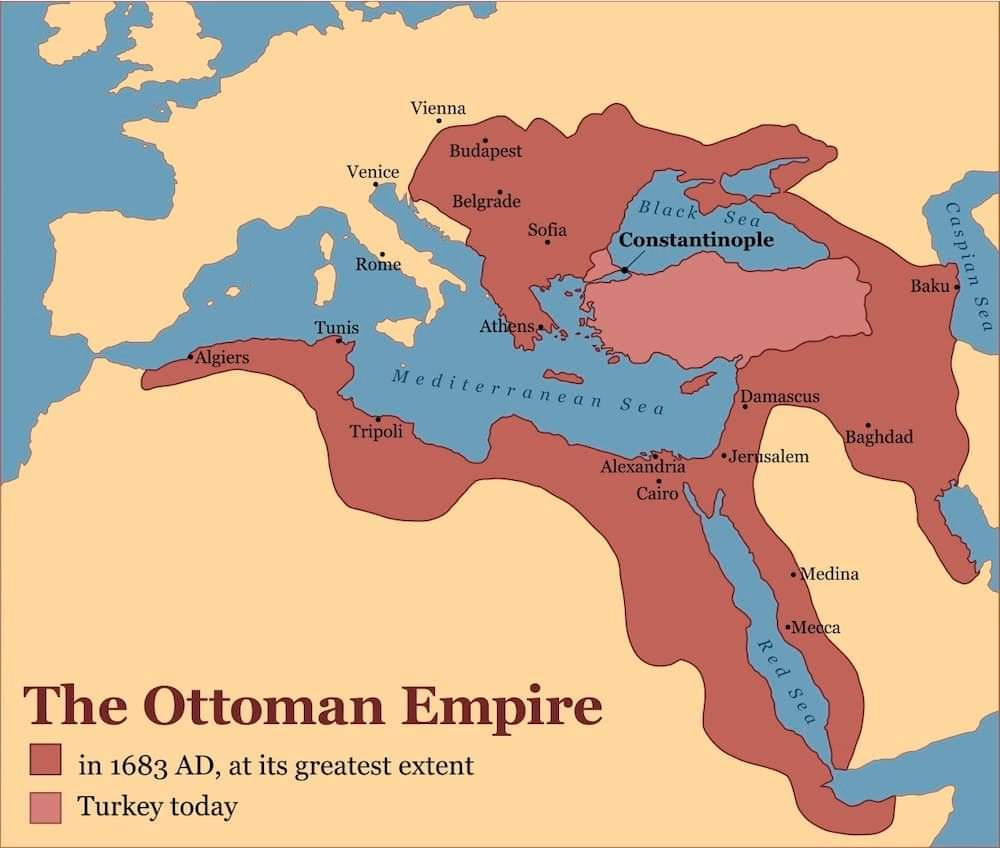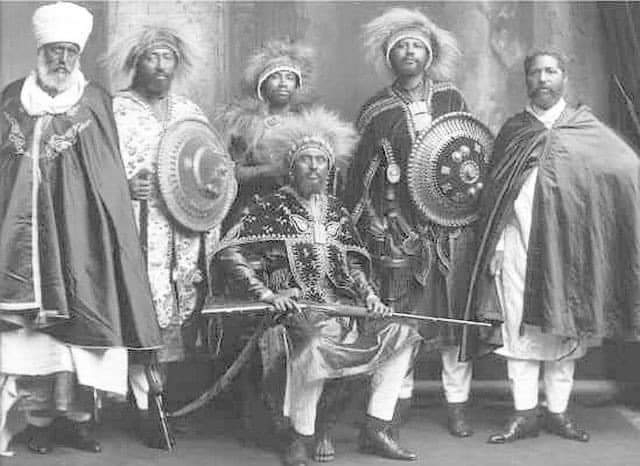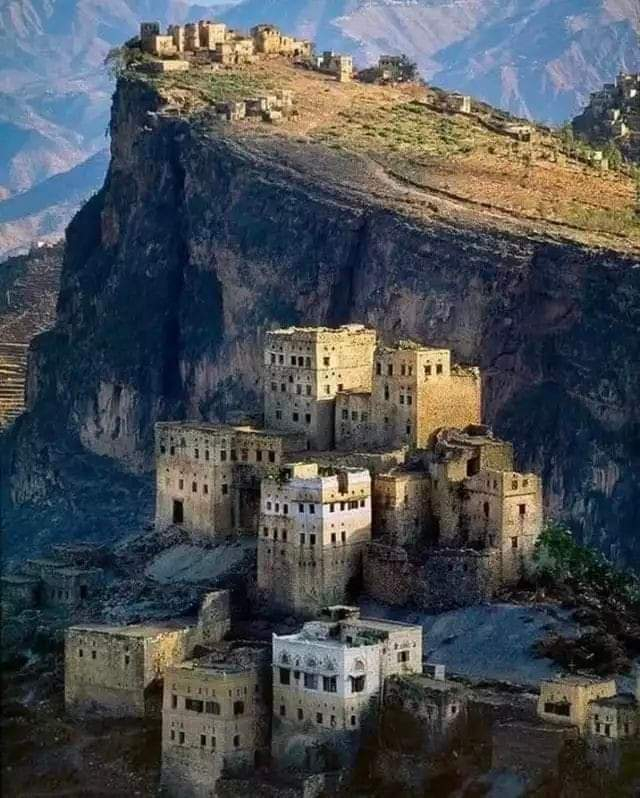17 Facts You May Not Know About Yemen:
(1). Yemen is located in the Middle East on the southern tip of the Arabian Peninsula.
(2). It is one of the oldest inhabited regions in the world, with a history dating back thousands of years.
(3). Sana'a is the capital and largest city of Yemen.
(4). Yemen has a population of over 30 million people.
(5). Arabic is the official language, and Islam is the predominant religion.
(6). The country is known for its rich cultural heritage, including architecture, literature, and music.
(7). Yemen is famous for its ancient cities, including Shibam, known as the "Manhattan of the Desert" for its mud skyscrapers.
(8). The economy is primarily based on agriculture, with qat (a mild stimulant) being a significant cash crop.
(9). Yemen has been historically known for its coffee, with the port city of Mocha giving its name to a famous coffee variety.
(10). The country has faced political instability and conflict in recent years, leading to humanitarian crises.
(11). Yemen has a diverse landscape, including mountains, deserts, and coastline along the Red Sea and the Arabian Sea.
(12). The Old City of Sana'a is a UNESCO World Heritage Site, known for its unique architecture and bustling souks.
(13). Yemeni cuisine is flavorful and diverse, featuring dishes like mandi (slow-cooked meat and rice) and salta (a spicy stew).
(14). The country has a rich tradition of poetry, with Yemeni poets being highly esteemed in Arab literature.
(15). Yemeni weddings are elaborate affairs, often lasting several days and featuring traditional music, dance, and feasting.
(16). The country has a high rate of child marriage, with many girls married off before the age of 18.
(17). Yemen's Socotra Island is renowned for its unique biodiversity, including the iconic dragon's blood tree.
#historicalfacts
#middleeast
#fareast
(1). Yemen is located in the Middle East on the southern tip of the Arabian Peninsula.
(2). It is one of the oldest inhabited regions in the world, with a history dating back thousands of years.
(3). Sana'a is the capital and largest city of Yemen.
(4). Yemen has a population of over 30 million people.
(5). Arabic is the official language, and Islam is the predominant religion.
(6). The country is known for its rich cultural heritage, including architecture, literature, and music.
(7). Yemen is famous for its ancient cities, including Shibam, known as the "Manhattan of the Desert" for its mud skyscrapers.
(8). The economy is primarily based on agriculture, with qat (a mild stimulant) being a significant cash crop.
(9). Yemen has been historically known for its coffee, with the port city of Mocha giving its name to a famous coffee variety.
(10). The country has faced political instability and conflict in recent years, leading to humanitarian crises.
(11). Yemen has a diverse landscape, including mountains, deserts, and coastline along the Red Sea and the Arabian Sea.
(12). The Old City of Sana'a is a UNESCO World Heritage Site, known for its unique architecture and bustling souks.
(13). Yemeni cuisine is flavorful and diverse, featuring dishes like mandi (slow-cooked meat and rice) and salta (a spicy stew).
(14). The country has a rich tradition of poetry, with Yemeni poets being highly esteemed in Arab literature.
(15). Yemeni weddings are elaborate affairs, often lasting several days and featuring traditional music, dance, and feasting.
(16). The country has a high rate of child marriage, with many girls married off before the age of 18.
(17). Yemen's Socotra Island is renowned for its unique biodiversity, including the iconic dragon's blood tree.
#historicalfacts
#middleeast
#fareast
17 Facts You May Not Know About Yemen:🇾🇪
(1). Yemen is located in the Middle East on the southern tip of the Arabian Peninsula.
(2). It is one of the oldest inhabited regions in the world, with a history dating back thousands of years.
(3). Sana'a is the capital and largest city of Yemen.
(4). Yemen has a population of over 30 million people.
(5). Arabic is the official language, and Islam is the predominant religion.
(6). The country is known for its rich cultural heritage, including architecture, literature, and music.
(7). Yemen is famous for its ancient cities, including Shibam, known as the "Manhattan of the Desert" for its mud skyscrapers.
(8). The economy is primarily based on agriculture, with qat (a mild stimulant) being a significant cash crop.
(9). Yemen has been historically known for its coffee, with the port city of Mocha giving its name to a famous coffee variety.
(10). The country has faced political instability and conflict in recent years, leading to humanitarian crises.
(11). Yemen has a diverse landscape, including mountains, deserts, and coastline along the Red Sea and the Arabian Sea.
(12). The Old City of Sana'a is a UNESCO World Heritage Site, known for its unique architecture and bustling souks.
(13). Yemeni cuisine is flavorful and diverse, featuring dishes like mandi (slow-cooked meat and rice) and salta (a spicy stew).
(14). The country has a rich tradition of poetry, with Yemeni poets being highly esteemed in Arab literature.
(15). Yemeni weddings are elaborate affairs, often lasting several days and featuring traditional music, dance, and feasting.
(16). The country has a high rate of child marriage, with many girls married off before the age of 18.
(17). Yemen's Socotra Island is renowned for its unique biodiversity, including the iconic dragon's blood tree.
#historicalfacts
#middleeast
#fareast
0 Комментарии
0 Поделились


